To conclude our series on online censorship, we talk with three creators in the indie horror space about how career damaging this kind of silencing is.
Three creators in the independent horror space stepped forward to share their stories for our third article exploring censorship: Tim Miller, Shane Ryan, and Michael Keene. Spanning for over a decade collectively, these men have not only been banned from social media, but also the publishing world and other mainstream sources, and continue persisting for the sake of independent media, even in the face of adversity.
Throughout the past few weeks, I have researched the harrowing consequences of censorship of social media and analyzed how horror, specifically, has been at the forefront of this issue.
As a lifelong fan of the horror genre, I’m no stranger to the dirty looks I get in public when passers-by see my Friday the 13th tattoo or do a double-take to judge whatever t-shirt I’ve decided to wear that day that hosts a number of movie artwork, prominent horror figures, or other genre-related imagery.
For a while, I joked that my “Team Jason” hoodie was my armor that might make creeps and bullies think twice before hassling me when I used to live in Chicago and rode public transit to and from work.
However, in light of recent events where social media is limiting our ability to even search for #horror without asking us if we might be in danger of harming ourselves, and the President of the United States is turning nationwide focus to violent media and video games in the wake of recent mass shootings, it’s clear that this is no laughing matter.
WHY SHOULD WE CARE?
We rallied en masse when the Soska sisters were banned from Twitter following their announcement that their remake of David Cronenberg’s Rabid would be premiering at FrightFest in the UK.
Censorship became a talking point amongst our community because larger studios were still getting all sorts of public attention for their upcoming films, and yet our independent artists were being silenced. While it is important to champion all of our creators and artists, this issue is so much bigger than a single event and continues to get bigger every day.
A new film from Universal, The Hunt, which was set to premiere next month was advertised during every commercial break during the Democratic Debates in July.
And now it’s being wiped off the Internet and canceled after mass shootings in El Paso, Texas and Dayton, Ohio claimed the lives of 31 people in a single weekend. The film’s synopsis reads as follows:
“Twelve strangers wake up in a clearing. They don’t know where they are, or how they got there. They don’t know they’ve been chosen… for a very specific purpose… The Hunt. In the shadow of a dark internet conspiracy theory, a group of globalist elites gathers for the very first time at a remote Manor House to hunt humans for sport. But the elites’ master plan is about to be derailed because one of the hunted, Crystal (Betty Gilpin, GLOW), knows The Hunters’ game better than they do. She turns the tables on the killers, picking them off, one by one, as she makes her way toward the mysterious woman (two-time Oscar (R) winner Hilary Swank) at the center of it all.” (Courtesy of Rotten Tomatoes)
Both speculation and marketing suggest that this film depicts “liberal elites” hunting off “deplorables”.
This may or may not be a direct reference to comments made during the 2016 Presidential campaign.
The Hunt is marketed as an “American satire thriller” and comes courtesy of Blumhouse producers Jason Blum and Damon Lindelof (Lost) and director Craig Zobel (Z for Zachariah). Blumhouse, of course, is responsible for other “social thrillers” such as The Purge franchise and Jordan Peele’s Oscar winner, Get Out.
A statement from NBC Universal in the wake of backlash the film has received in light of recent events cites that “it’s not the right time” for this movie to be released. This news also sits alongside reports that Wal-Mart has taken down marketing materials and displays related to video games like the Call of Duty franchise, despite the fact that the stores still sell guns and ammunition.
Scientific studies have shown no correlation between violent video games and violent crime, and other countries with similar game sales and media consumption to the United States have much lower statistics for gun violence than we do.
Is this just another pointed attack on horror and related media?
Is this another head on the monstrous entity that is censorship and how we, as consumers, are being controlled?
After my article, Silencing the Soskas, was published, I researched what the outcome would be when one typed in #horror on Instagram. What I got was a pop-up message that encouraged me to seek help and made me click a button to deny being redirected to “help” pages before I could browse any of my desired content.
As an experiment, I tried other hashtags that I felt should produce similar results and found that #macabre, #violence, #blood, #murder, and #terror didn’t give me said message. In fact, the only hashtags that did – at least, amongst the ones I tried, were #selfharm and #suicide.
I also reached out to other creators to share their stories if they had experienced same or similar treatment to what Jen and Sylvia Soska faced when their Twitter account was banned.
WHAT DOES CENSORSHIP MEAN TO INDIE ARTISTS?
TIM MILLER: TRUTH IS STRANGER THAN FICTION
Tim Miller, self-published author of extreme horror titles such as Serial Killer Anonymous and Snuff Film, explained how he’s been publishing his content on Amazon for years and then, out of the blue, got the plug pulled.
One book was banned entirely, and Miller was given a warning from Amazon that his account would be terminated if any of his other books violated their terms of service which, according to Miller, are vague.
Beyond that, it seems the common practice of entities like Amazon and Twitter is to not always explain what someone has done to violate these terms and incur a ban or removal of their content.
“I emailed Jeff Bezos’ direct email and months later I got in touch with someone there who said they’d review it. Months and months later someone from Amazon called me and told me my book had been reinstated. I changed the cover because the book was Snuff Film and the image was a dead girl all tied up. I changed it to more of a plain cover and have since re-published my other books,” said Miller.
He went on to explain:
“I’d pulled the rest of them for fear of my whole account getting nuked, and I changed some of the more provocative covers to more surreal type images. Since then, I haven’t included as much sexual violence as I used to, and I’ve toned my covers down. I hate having to do that. But as an Indie author, I don’t have a big publisher to advocate for me.”
Obviously, this sort of practice of having content banned and removed for months can be incredibly damaging to independent artists.
Their salary comes directly from consumers purchasing their films, books, or artwork. If consumers can’t find or purchase said content, the artist suffers. Unlike with those who work for studios or publishers, they don’t get a salary from a secondary source.
“The whole thing took maybe nine months, at least, and my income fell about 80%. I went from making a few thousand a month to a few hundred. Because, out of fear, I’d pulled the rest of my books, around 50 titles, as they all were graphic horror stories,” said Miller.
Since Barnes & Noble is less prominent than in years past, Amazon is the go-to for those who seek to self-publish and promote their written content.
“It isn’t censorship because it’s private companies, but it’s corporate censorship because there are only a handful of platforms for authors and creators to use and, without them, you’re silenced. Trying to sell books on Barnes & Noble or Google Books is the author equivalent of the witness protection program,” said Miller.
Like on Twitter and other platforms, it seems horror gets a worse reputation and closer scrutiny than other content such as erotica and pornography in the publishing space as well.
While there’s nothing wrong with pornography and erotica, limiting some content and not others is practically the literal definition of censorship. This “pick and choose” style of banning and censorship hit some of Miller’s content as well.
“Mine got hit at first because there is rape in it, but it’s done from a horror perspective, not erotica. It wasn’t making it arousing or something, it was gross and ugly. So once people actually reviewed it, they put it back up, but other authors haven’t been as lucky,” said Miller.
Again, we see a difference between independent publishers and larger authors such as Margaret Atwood and Stephen King; both authors are highly successful and have created incredible content. But is it the support from their companies that keeps their content safe? Would Stephen King’s books suffer the same fate as Miller’s if they had been consumed in a different style, in a different time, and on a different platform?
Readers of King know that he’s pushed the envelope quite a few times, notably in It when he penned an orgy scene involving the young members of The Losers’ Club. Atwood’s novel, The Handmaid’s Tale, has been adapted to a popular series on Hulu, but depicts all sorts of crime and violence against women, including ritualized rape.
Miller is careful to slap “extreme” warnings on all his content, which allows audiences to know what they’re getting into and tread carefully, if necessary.
Is there a need for further censorship?
Fortunately for Miller, all his books are back up on Amazon and he hasn’t run into any issues since, but it is an eye-opening experience for any independent creator, especially when their art is a full-time job.
Miller describes working with Amazon as being a love/hate relationship.
“They [Amazon] were the first to give indies the opportunity to do what we do and because of them, the gatekeeping publishers have lost all their power. But then you’re subject to their rules and their hammer if you misstep, so it’s a double edged sword and can be highly rewarding or really scary,” said Miller.
SHANE RYAN: BANNED AND BULLIED
Shane Ryan of Mad Sin Cinema has been experiencing censorship in various forms “non-stop” since 2003.
“The first real ban came in 2003, when Studentfilms.com, a place where we could send our videos to be uploaded to the internet for public viewing (before YouTube existed), forbid one of my films on their site and called it pornography. It didn’t even show full frontal let alone anything explicit at all. Ever since then, I’ve been censored, banned, blacklisted, threatened, erased, and it never ends,” said Ryan.
With Ryan, we see a pattern emerging where any content that can be even remotely labeled as “questionable” by a site’s algorithms or monitors can be wiped from existence in the blink of an eye.
Ryan cited that some of the reasons he’s been banned run the gamut: nudity, sex scenes, violence and once, just for trying to help people who are struggling.
“I had my most popular YouTube video booted every time it got close to half a million views. It was about self-harm, why people do it, how to help others understand those who do it, and that if people simply hugged each other more, then the world might be a better place. That video was my worst nightmare in getting me banned by YouTube all over the place on multiple channels,” said Ryan.
A video designed to help gets wrongly flagged as inciting harm, and the creator has virtually no recourse to fight the unfounded censorship. Ryan goes on to ask how something like this could happen.
“Why? Why would a self-help video, which actually caused me to get endless responses from kids who’ve said things like, ‘I didn’t abuse myself today or kill myself today because of your video’, get banned? I asked YouTube if they were in support of kids killing themselves, as I could think of no other reason why they would ban that video. That video actually was the cause of me getting my entire original 13-year-old account deleted. YouTube never responded, and my page vanished forever.”
Similar to what the Soskas experienced, one of Ryan’s first instances with being banned for his films started after he was promoting his first film.
People took offense to the poster, much like how Twitter claimed the Rabid FrightFest banner violated their Terms of Service. Ryan explains:
“I have the theatrical premiere of my first film, Amateur Porn Star Killer, at Laemmle Theatres. Academy Award Nominated Lesley Ann Warren sees the posters for it in the lobby and throws a fit. She said it took away her rights as a woman. On top of that, another Laemmle Theatre (I had my promotions up at about half a dozen of the theaters), sees their employees vandalize half of our promotions and steal the rest.”
“We were able to get them to reimburse us for what the employees trashed but, because of Warren, they banned over 90% of our promotions and left us with little to promote. We then had a porn star and writer of LA Xpress threaten to picket our screening if we didn’t pull the film. On top of that, my MySpace account, which I had been building for about 3+ years and garnered over 50,000 friends on, disappeared without any warning when I was in the middle of promoting the screening, just about a week before the premiere.”
“So, I lost all of the contacts I had made through MySpace (my primary internet source of PR at that time), and in all roughly 95% of both the online and physical promoting went down the drain in the week leading up to the premiere. Luckily, somehow, we still had a decent turnout, mostly probably because Tommy Wiseau’s The Room was showing the same weekend and Jonah Hill and Paul Rudd and all types of other celebs were there as Wiseau’s film was selling out.”
Ryan went on to explain that the sequel to Amateur Porn Star Killer also got similar treatment in theaters.
Retailer F.Y.E got in trouble for promoting his work in their stores. And his third film in the Amateur Porn Star Killer series got held up during distribution by way of a ban from the DVD manufacturers at Sony. Even so, Ryan persisted, and cites one source for being the savior of his career: video stores. He explains:
“Luckily, we still had video stores for another year. These first four films of mine would have never survived without video stores, and they managed to sell well over 20,000 copies on DVD thanks to video stores all over the country being very, very accepting of my films. There was no censorship for me when it came to video stores. Only support.”
Since video stores are now all but extinct, this outlet isn’t available for independent artists in the same way, which leaves them all vulnerable to the scrutiny and fickle interests of larger distributors and media, which we know is controlled by only six companies.
In 2009, Ryan experienced a very low point in his career, worse than anything that had happened to him up until that point.
He tells his story about an insidious kind of censorship that threatened to destroy his career and, worse, himself.
“My worst case was not a clearly labeled ban, but a worldwide defamation of character by the mainstream media. I had announced that I wanted to make a movie about sex trafficking and that I had gotten the idea after hearing about the rescue of Jaycee Dugard. Somehow ABC heard about my film and asked for an interview. I agreed, blindly, not realizing how much my words would be twisted.”
“I clearly told them that I only had about a thousand bucks for a budget, and that I was really concerned about bringing awareness to sex trafficking. But with the budget that I had, the only story that seemed plausible to tell was a simple one-location piece, like this event, where it all occurred in the backyard. I explained how I was making up the character names, that it was just a loose idea, that I wanted to make sure that it would not come off as exploitative.”
“I, once again, unfortunately had a provocative title, as I began to realize that the only way to draw audiences in to a zero-budget film was to have an outlandish title (since, at the time, not too many people were actually doing that). But I also looked at it as how one would headline a news story: ‘Abducted Girl: An American Sex Slave’. I actually saw headlines of these exact phrases on channels like ABC itself.”
“Well, in a 48-hour game of telephone that proved to be much more difficult for grown up networks to play than any childhood memories of it that I recall, my whole world went to complete shit, hour after hour. This was censorship in a whole new way, where nothing but lies were fed about me until I would shut up, therefore censoring myself.”
Ultimately, the bullying by the media got to be too much for Ryan.
Despite his attempts to set the record straight — to explain that he wasn’t trying to do anything exploitative or market “Jaycee Dugard porn,” as some publications like Salon were trying to suggest — he ended up dropping the film entirely.
Ryan explained that he was contacted by many reputable news sources, including CNN, Fox, and Joy Behar from The View – these individuals only sought out to harm, and as Ryan said, “they just wanted a witch to burn at the stake to distract us from something else going on in the world.”
Ryan says that the occurrence was some of the worst bullying he’s ever experienced, and says he was even suicidal at one point because of it.
Eventually, the movie did get made, though it wasn’t Ryan’s movie.
“This bullying I received by the press worked. I dropped the film, and it never got made. Well, I never made it. But years later Brie Larson went on to win the Oscar for that movie Room. Have you seen it? Recognize any similarities there?” said Ryan.
It was another win for big studios at the behest of the independent artists who are struggling just to get any of their content seen.
Like with Miller, I asked Ryan about his estimated financial loss due to all of the censorship and banning he’s experienced (which continues to this day).
His estimate was haunting, to say the least:
“More than my lifetime, that’s for sure.”
MICHAEL KEENE: SOCIAL SILENCING
Independent horror filmmaker Michael Keene stepped forward to speak about his similar treatment on Twitter to what the Soskas experienced and introduced me to a new, insidious style of ban: the shadow ban.
A shadow ban is described as “the act of blocking or partially blocking a user or their content from an online community such that it will not be readily apparent to the user that they have been banned.” One way this takes place, particularly on Twitter, is by making it so the user is the only one who is able to see their content; they do not appear in searches, on followers’ feeds, or in other search functions.
Usually, a user only becomes aware of these shadow bans when someone points it out to them. However, for independent artists whose livelihood depends on clicks, shares, and follows, the length of time it might take for this knowledge to come to light might incur irreparable damage.
Keene first discovered he’d been shadow banned after fans at San Diego Comic Con informed him that he wasn’t showing up on their apps. He surmised that the reasoning is due to his promotion of his new film, The Head, which had its trailer immediately flagged by Twitter after its posted for showing “real gore.”
“My production company, @themanateeparty, got briefly suspended after posting it. And, until recently, the video was still blocked from view. Considering I don’t post anything else that would be considered ban worthy, I can only surmise that my current shadow ban is on account of my promoting this film heavily over the past few months,” said Keene.
As of our conversation for this article, Keene is still banned from search suggestions on Twitter and has gotten zero response from customer support as to the state of his ban or when, if ever, it will be lifted.
He posted the trailer for The Head on April 1st of this year. As there is still not much Keene can do about the current state of his account on Twitter, he’s trapped in the same limbo others have experienced and playing the waiting game.
In an unfortunate twist of irony, Keene mentioned that his account was all banned over his posting “real gore” in the trailer for his film, but described the effects used to me as “obviously fake”.
WHERE DO WE GO FROM HERE?
Obviously, there is little we can do besides continuing this important discussion and supporting our independent horror creators with our likes, shares, and contributing to their work however is possible.
I and many others I know who are lifelong fans of the horror genre consider all of us to be a family. We turn out to events in droves, we take to social media to share new, cutting edge films, we support our friends. Since it seems horror is under attack once again, just like we saw in the 30s and 40s, and then again in the 70s and 80s, we must band together and use our collective social media savvy to thwart the media’s attempts at crushing us.
Below, we’ve compiled information on each artist in this interview so you can learn more about them and their work directly.
Tim Miller: Twitter – @TimMillerHorror; Amazon – https://www.amazon.com/Tim-Miller/e/B007GFW8MA
Shane Ryan: Twitter – @ShaneRyanFilms; Facebook – Mad Sin Cinema; Instagram – @madsincinema; Website – https://www.madsincinema.com
Michael Keene: Twitter – @MichaelKeene, @themanateeparty


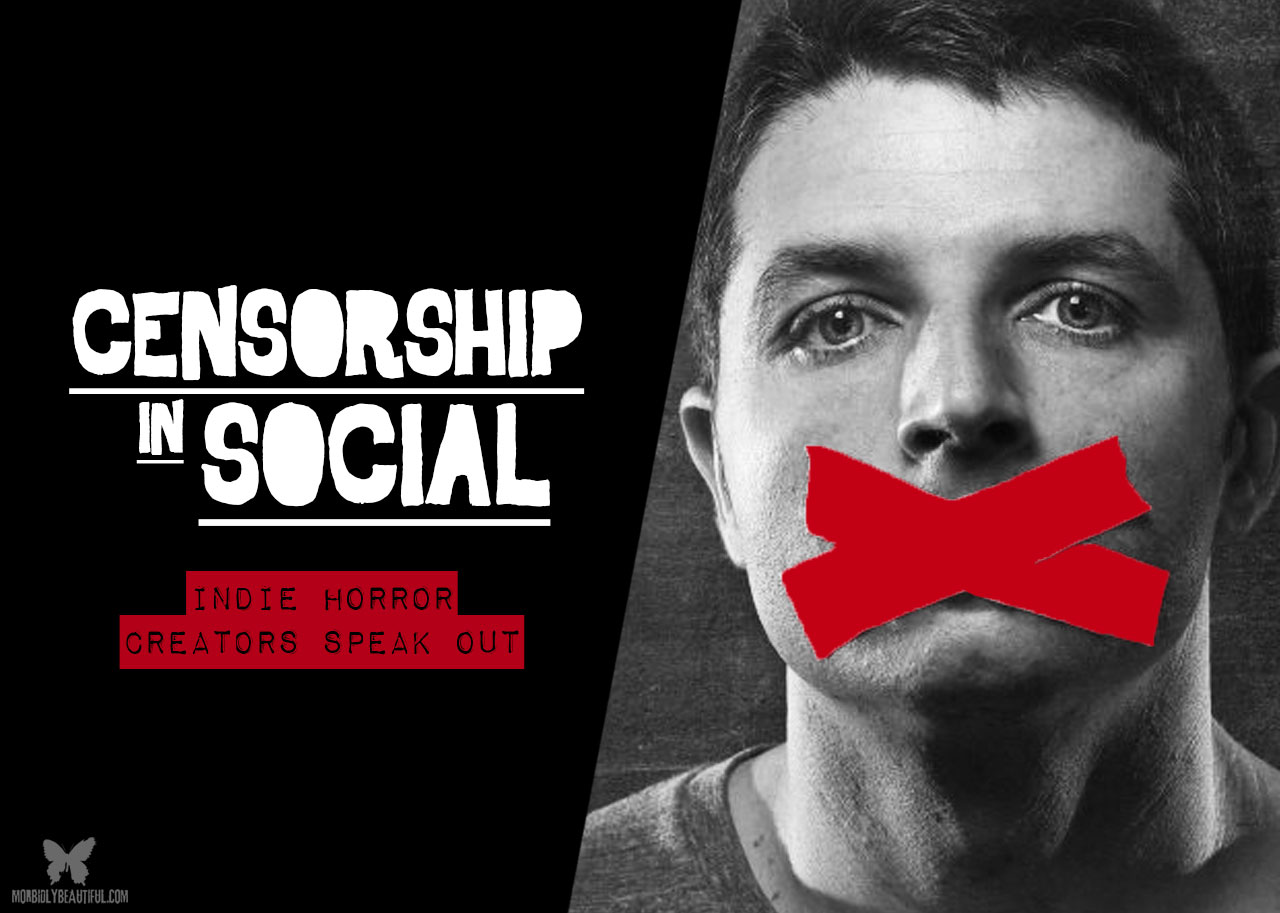
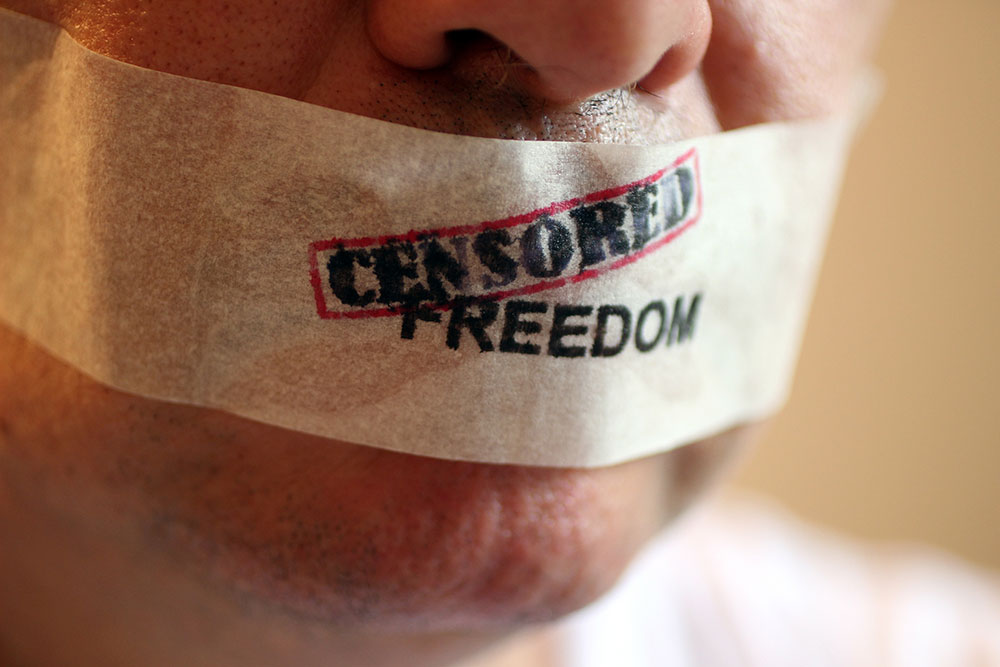
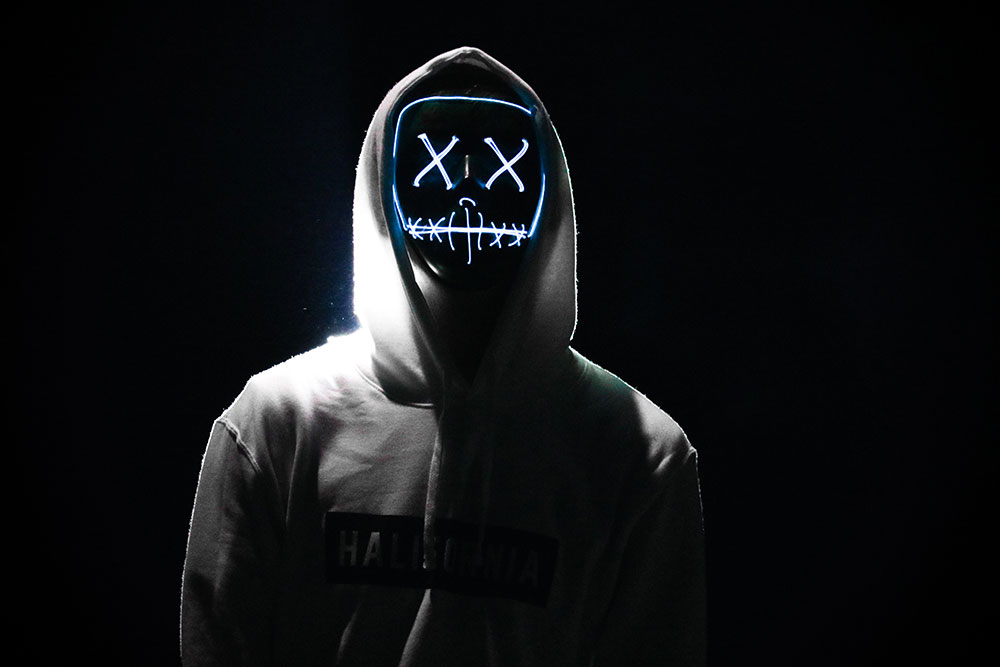
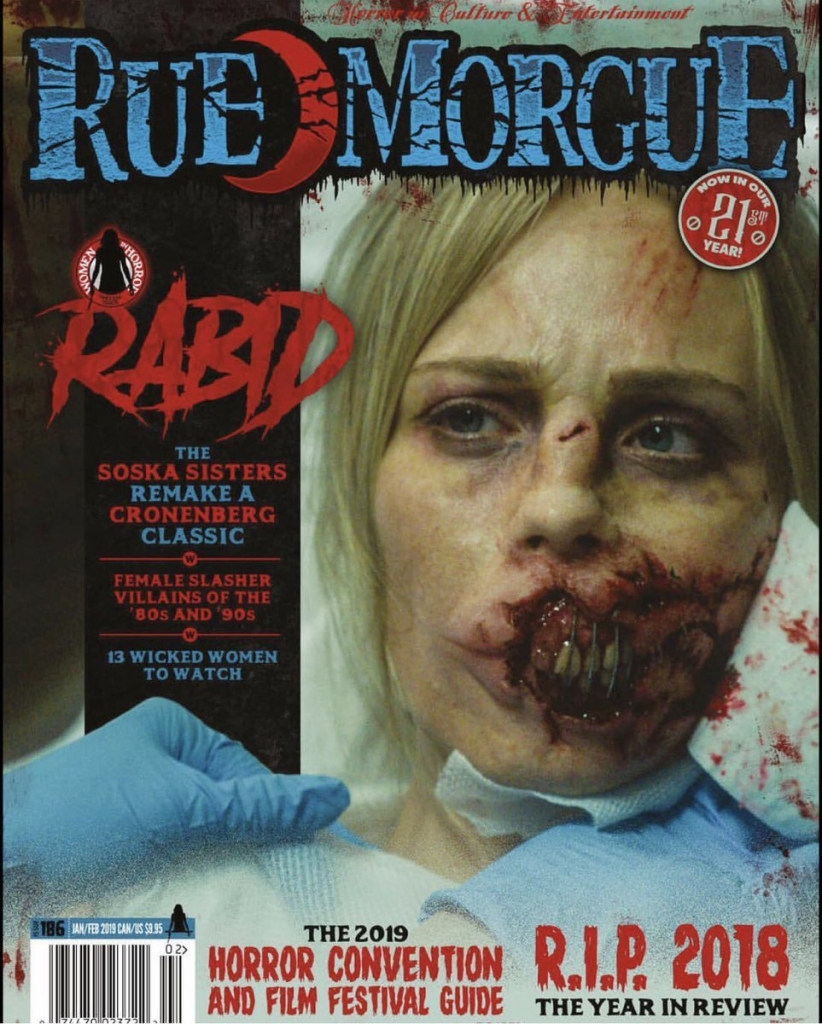


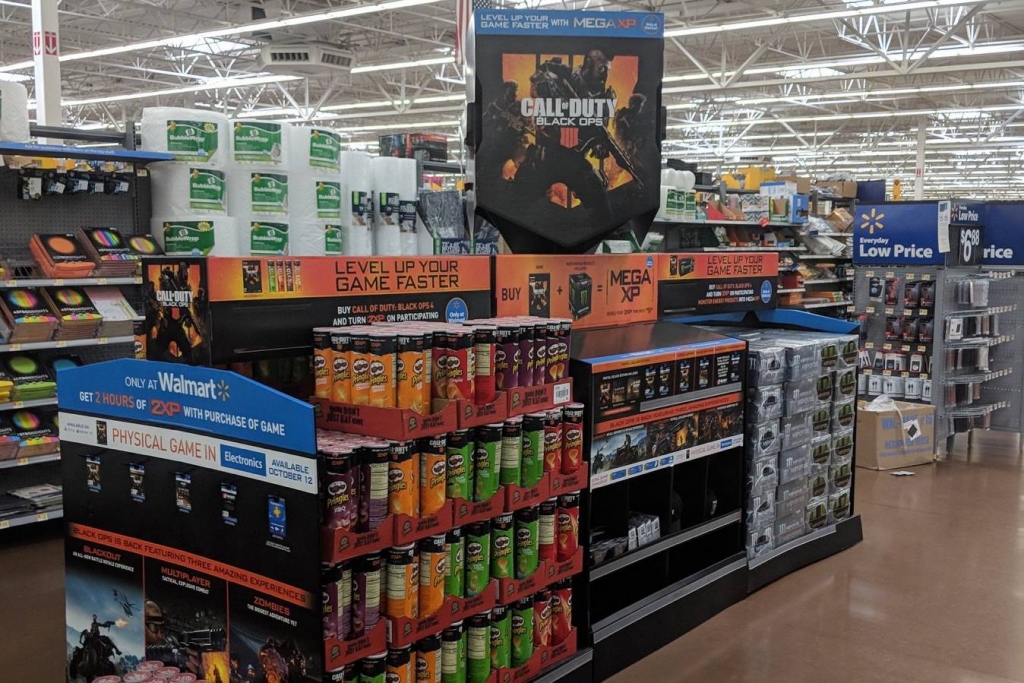
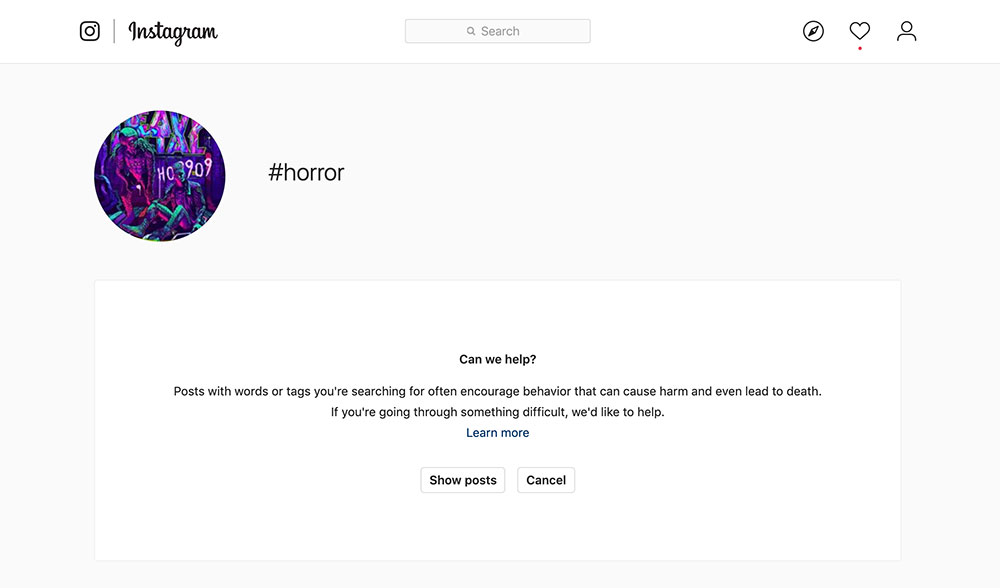

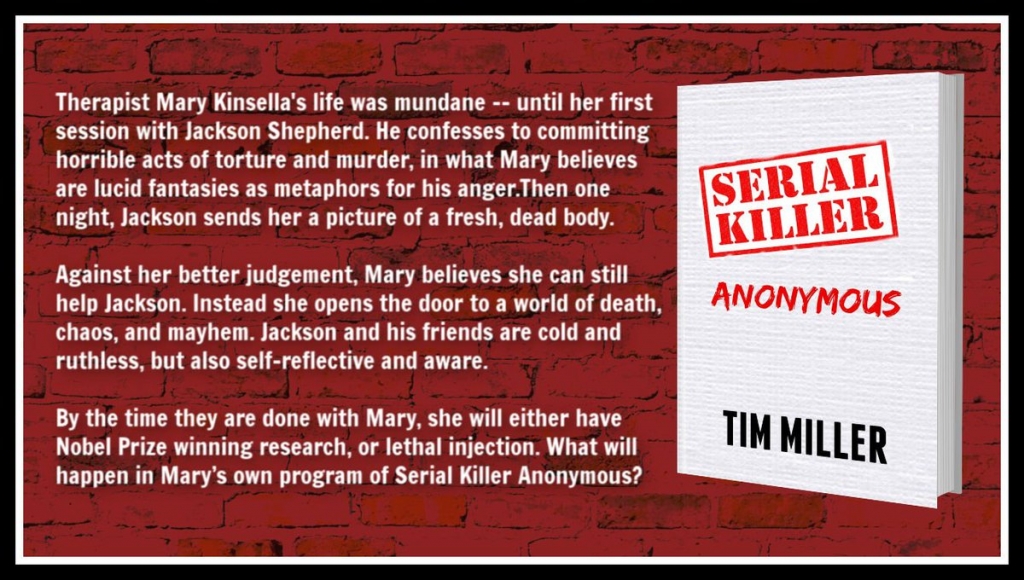
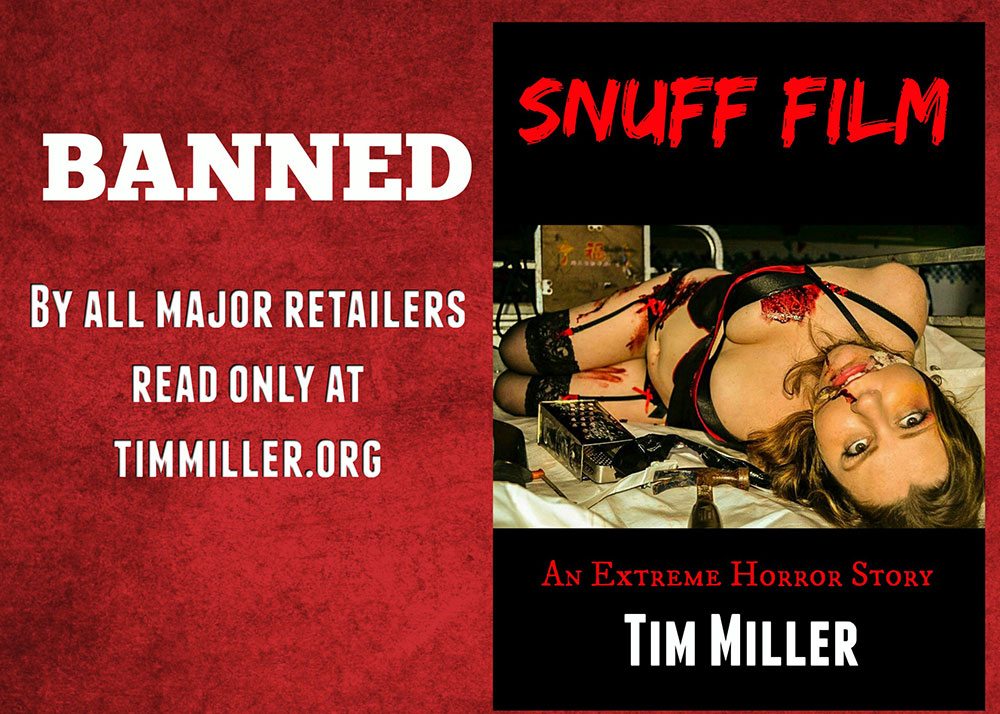
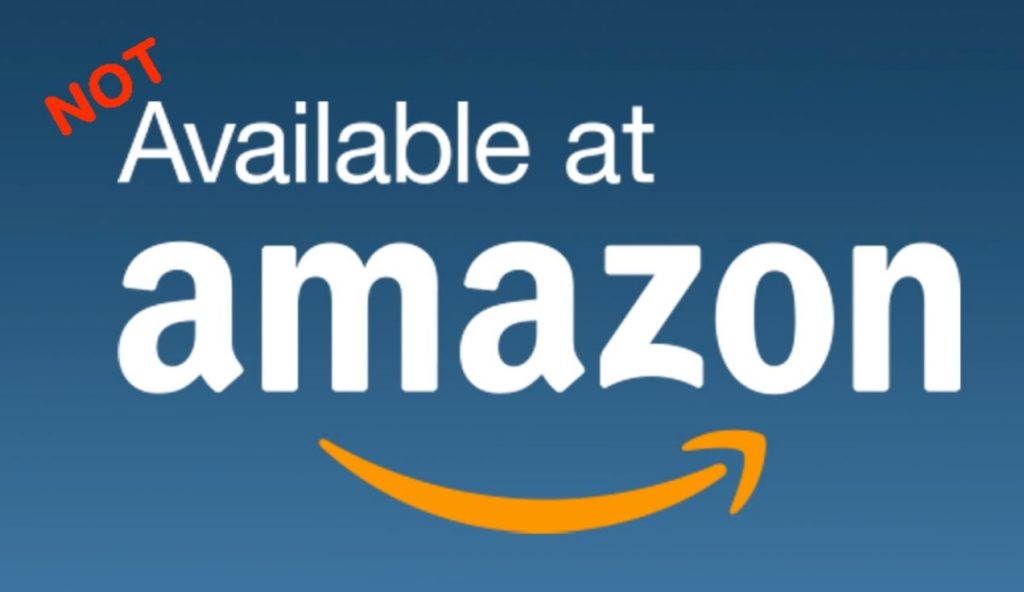
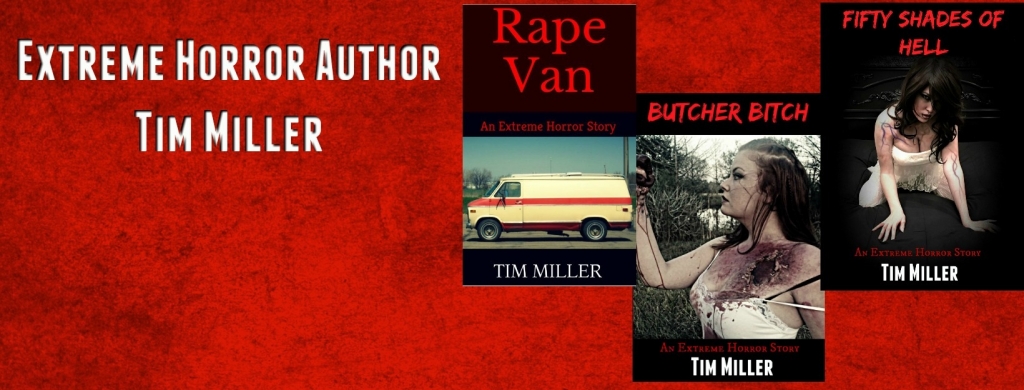
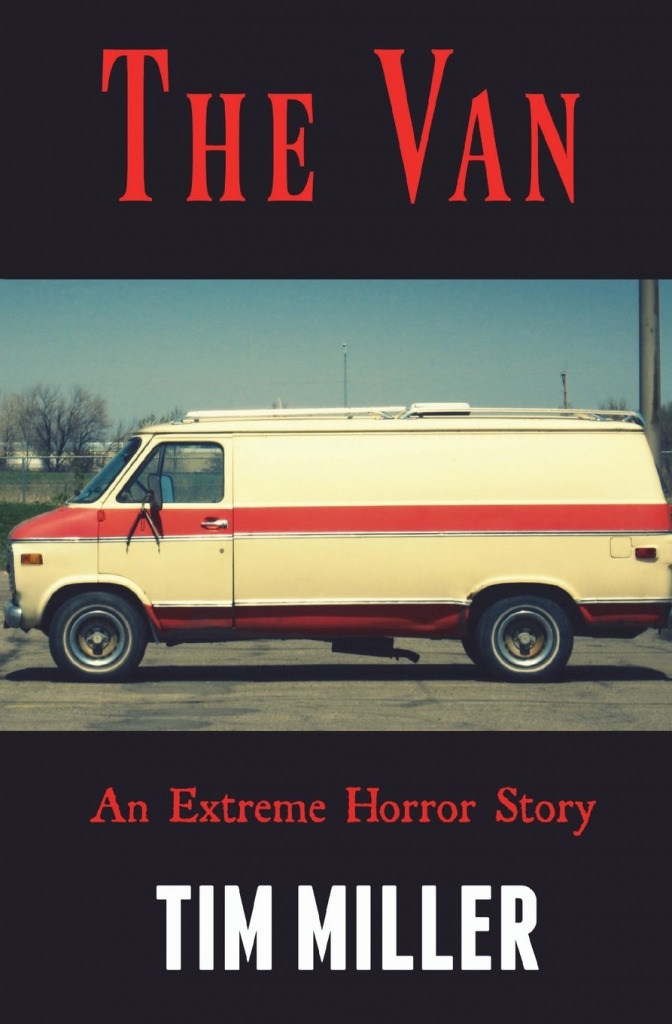




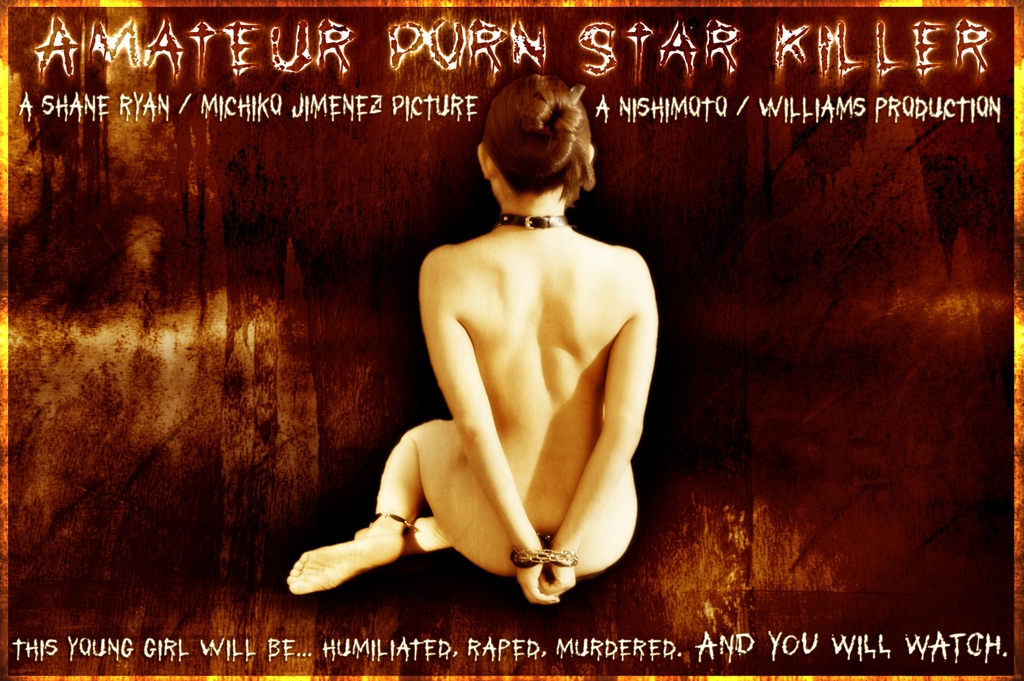
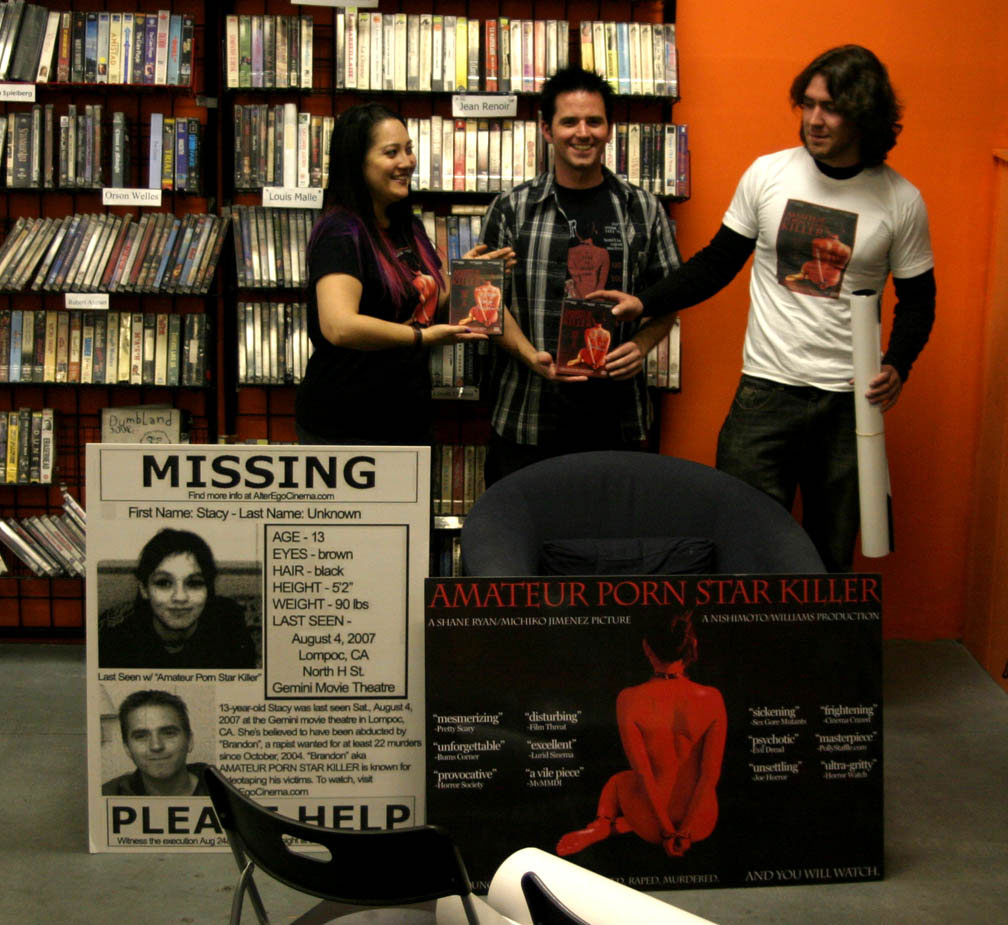
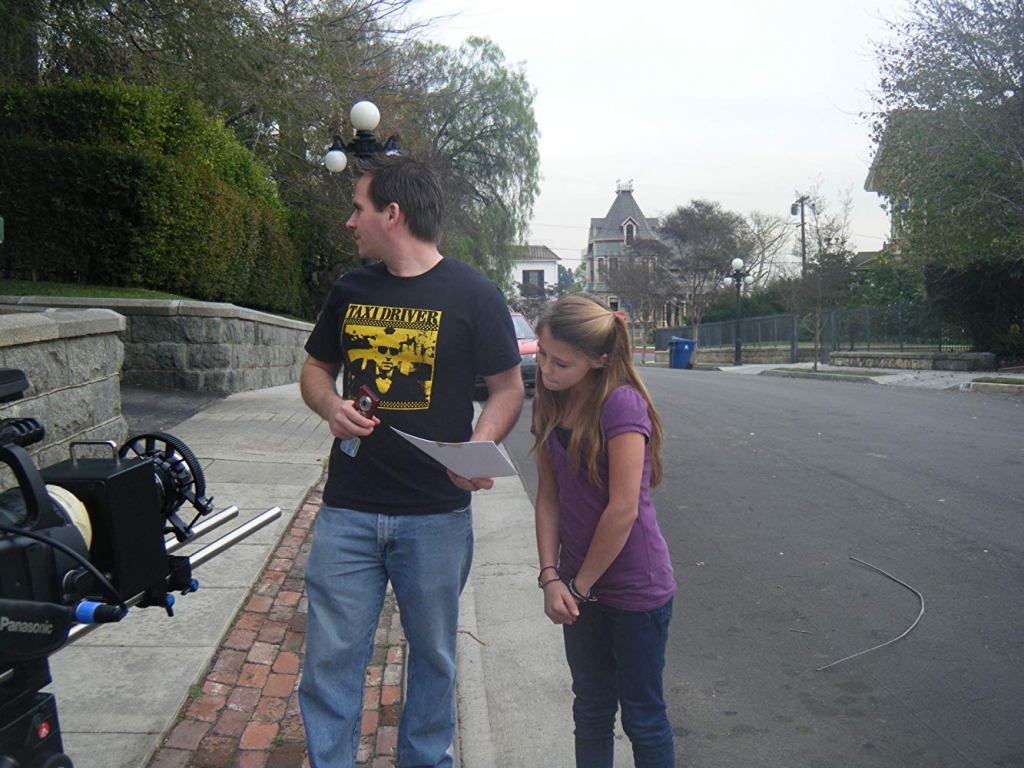
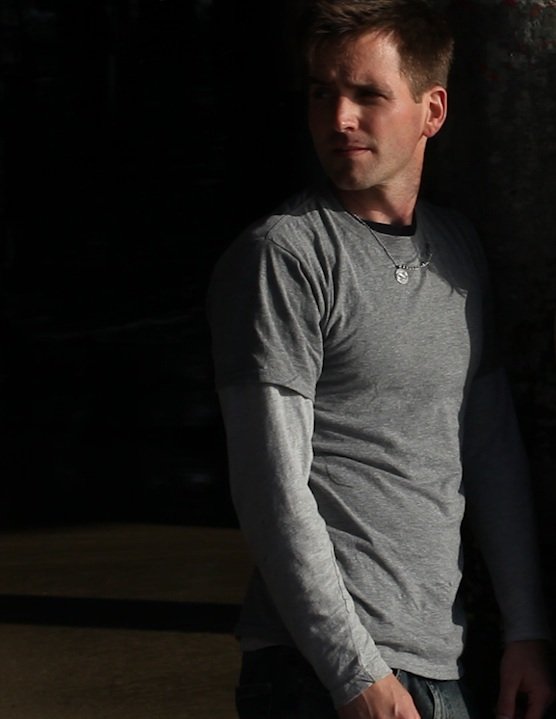
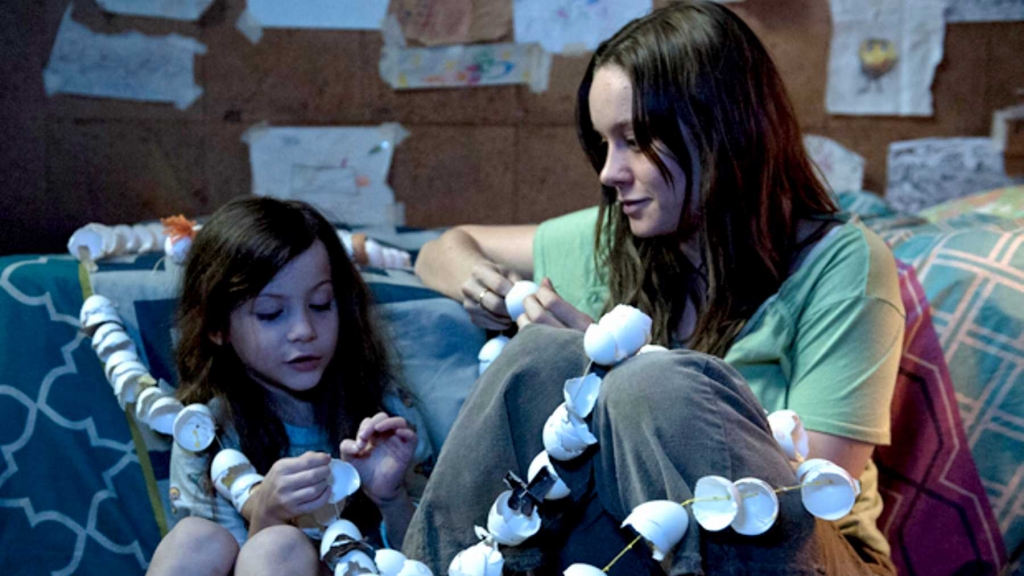
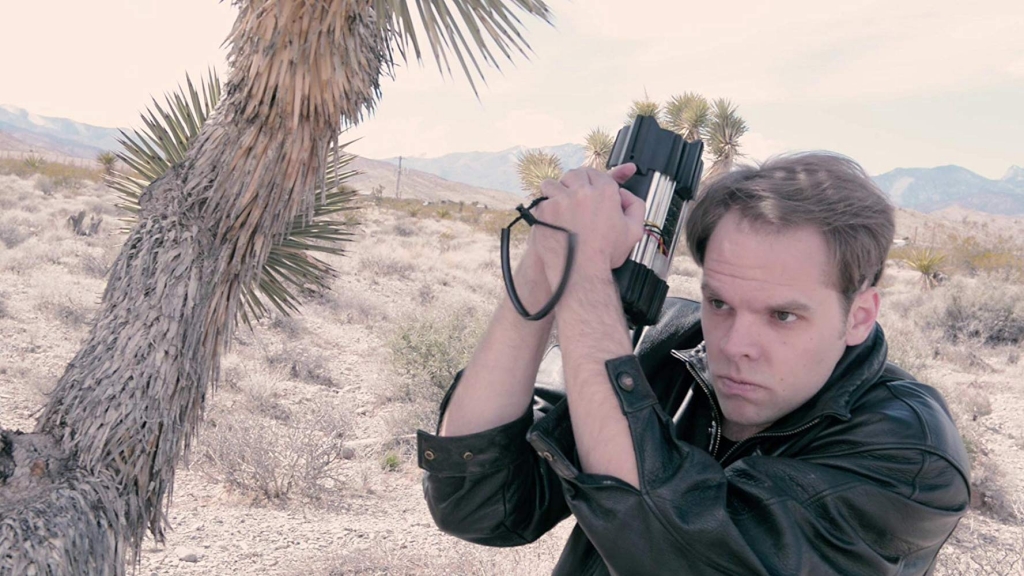
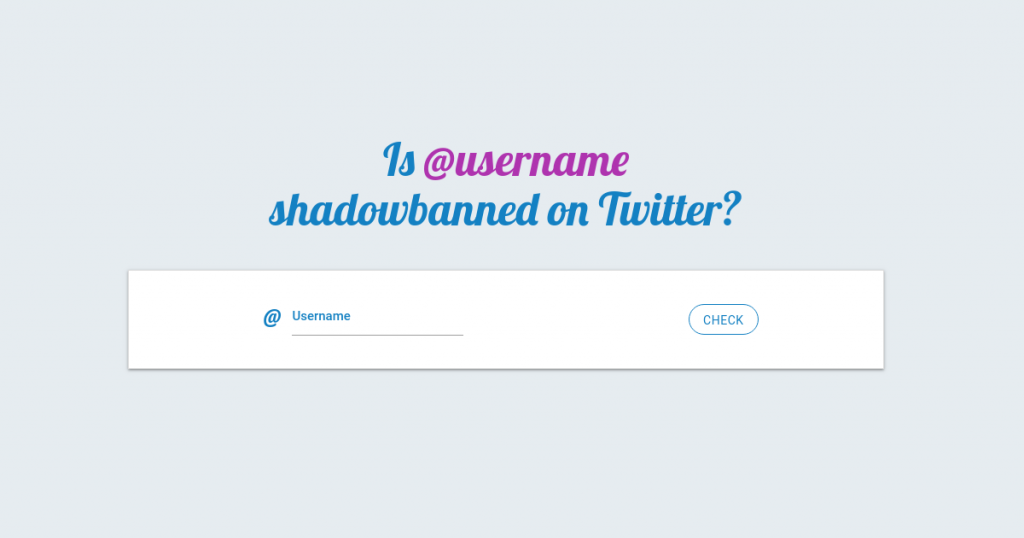
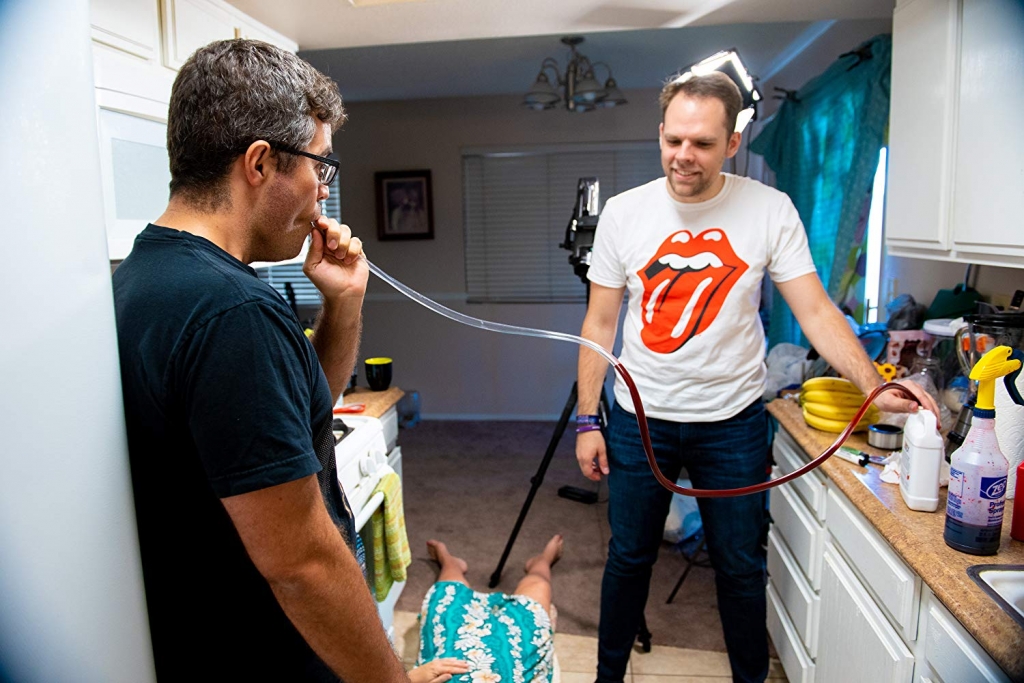
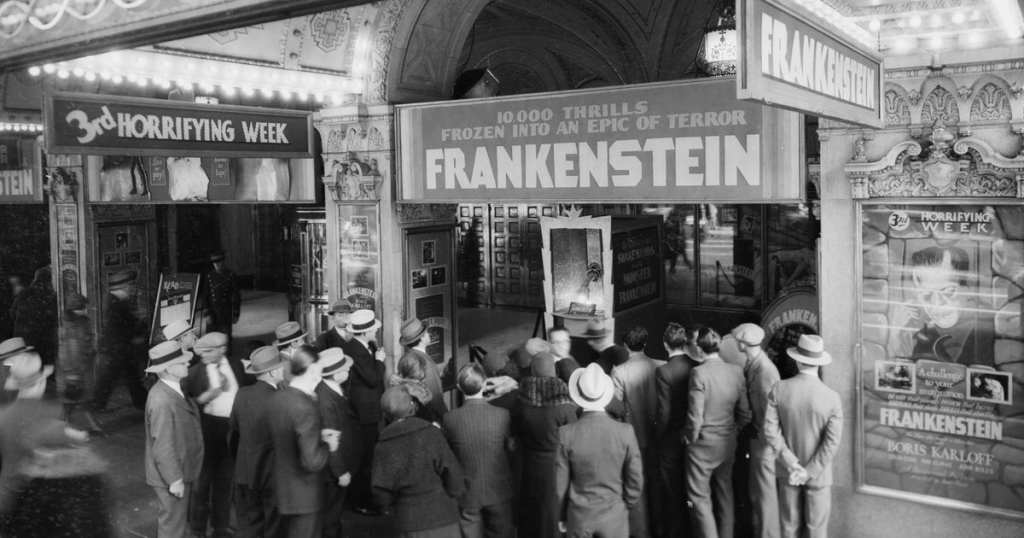
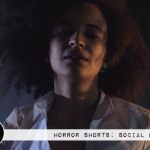
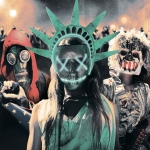
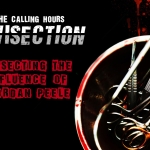
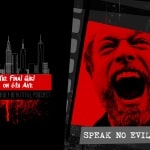





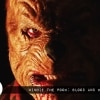
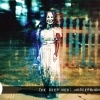
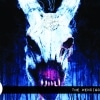
Follow Us!